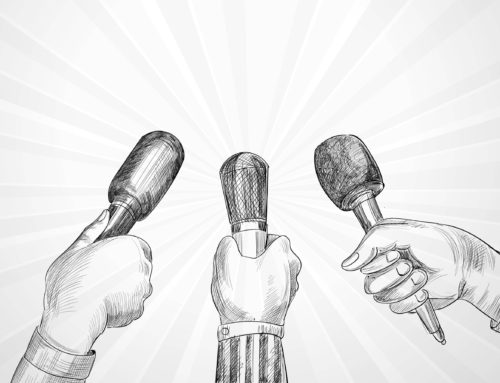
You’ve probably been reading and hearing about the artificial intelligence tool ChatGPT, which was launched last year by OpenAI, an AI research and deployment company. The writing tool interacts in a way that’s uncannily conversational so that, for instance, it can admit mistakes and reject “inappropriate” requests. It can also write a pretty decent school paper, though how decent is a matter of debate.
In fact, the text produced by ChatGPT can be “flat-out wrong,” as USAToday notes, and it seems to be especially problematic when it comes to math. (USAToday has a good ChatGPT primer.) Additionally, there are documented issues with answers being biased against people of color and women (a problem with AI in general).
Schools nationwide have been banning the tool, including in New York City. In early January, the NYC Department of Education blocked access to ChatGPT on school devices and networks, although reportedly it’s already rethinking that ban. In Westchester, there seems to be no uniform decision as to the use of ChatGPT. The Blind Brook-Rye School District, for instance, has no ChatGPT ban, according to the superintendent’s office, while the Katonah – Lewisboro School District is in talks about it, according to a teacher who works there.
An intriguing question is whether ChatGPT can be used to help those with disabilities. Here are some articles exploring this topic:
U.S. News and World Report’s ChatGPT in Classrooms: What to Know, which points out that ChatGPT can fix spelling and grammar errors and give feedback on writing, spoke with Shana Ramin, a technology integration specialist with Oakland Schools in Michigan. Ramin says the tool “can be used to pare down difficult passages for lower reading levels, one of many ways the tool can help English language learners or students with learning disabilities. It can also provide sentence starters or help generate ideas for students who struggle to do so on their own.”
Newsnation’s article “ChatGPT ‘levels playing field’ for people with disabilities” notes, among other things, that “within the disability community, the chatbot’s free and open-source nature has generated a lot of hope and excitement — particularly that this new technology gives people the ability to overcome barriers independently. Looking ahead to the teen years, that could mean help writing a resume and cover letter, or asking for advice on how to talk to a girlfriend.”
The Conversation has this interesting piece from three university professors in Sydney, Australia: “Will AI tech like ChatGPT improve inclusion for people with communication disability?” It notes that it could “help people with communication disability and others who struggle with text, and could also significantly enhance rate of communication. People using speech-generating devices are often limited to laboriously entering a mere 10 words per minute with word prediction only increasing that to 12-18 words per minute.”
Also, it could be “more inclusive of diversity by being able to understand poorly written commands or sentences with several grammar or spelling errors.”
More A.I. News
Here are some other, more general, articles you might find of interest:
Chatbots Got Big—and Their Ethical Red Flags Got Bigger (Wired)
Cheaters beware: ChatGPT maker releases AI detection tool (AP)
Don’t Ban ChatGPT in Schools. Teach With It. (The New York Times)
Navigating the Risks and Rewards of ChatGPT (Teachers College)
ChatGPT Is Coming for Classrooms. Don’t Panic (Wired)



